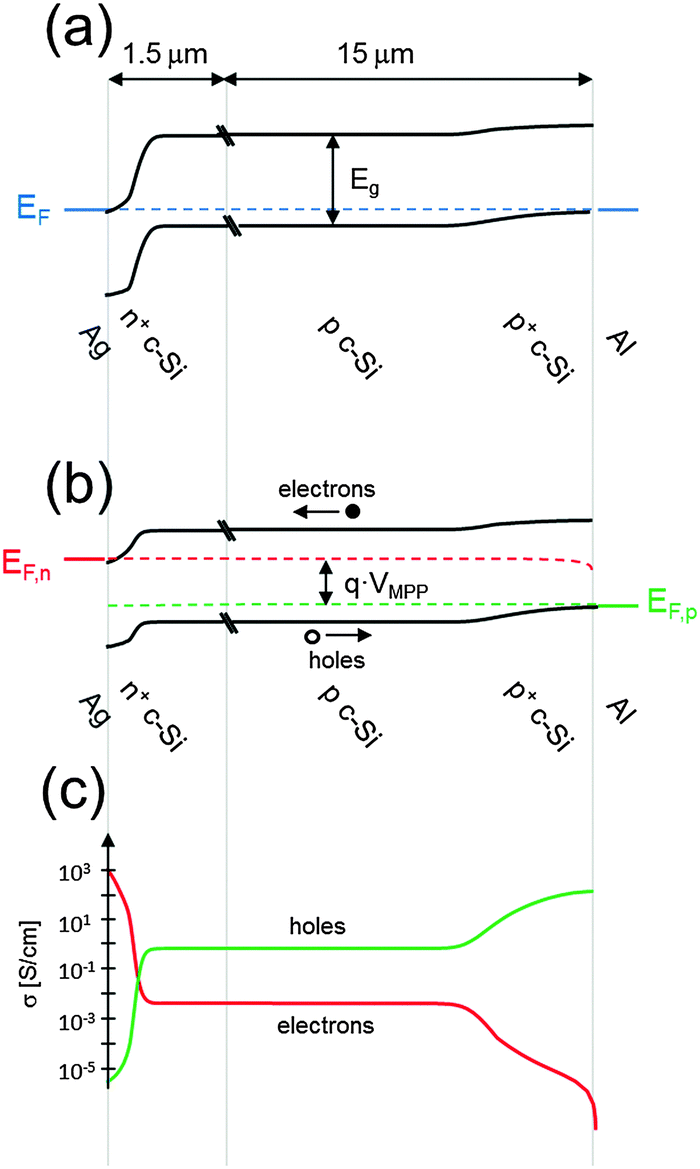

Our objective was to bridge the efficiency gap and unlock the full potential of larger-sized devices," said Assistant Professor Hou Yi, leader of the NUS research team comprising scientists from the Department of Chemical and Biomolecular Engineering under the NUS College of Design and Engineering as well as the Solar Energy Research Institute of Singapore (SERIS), a university-level research institute in NUS. "To address this challenge, we undertook a dedicated effort to develop innovative and scalable technologies aimed at improving the efficiency of 1-cm 2 perovskite solar cells. In the past decade, perovskite solar cell technology has achieved several breakthroughs, and the technology continues to evolve.

Perovskites are a class of materials that exhibit high light absorption efficiency and ease of fabrication, making them promising for solar cell applications. This ground-breaking achievement in maximising power generation from next-generation renewable energy sources will be crucial to securing world's energy future. To facilitate consistent comparisons and benchmarking of different solar cell technologies, the photovoltaic (PV) community uses a standard size of at least 1 cm 2 to report the efficiency of one-sun solar cells in the "Solar Cell Efficiency Tables." Prior to the record-breaking feat by the NUS team, the best 1-cm 2 perovskite solar cell recorded a power conversion efficiency of 23.7%.


 0 kommentar(er)
0 kommentar(er)
